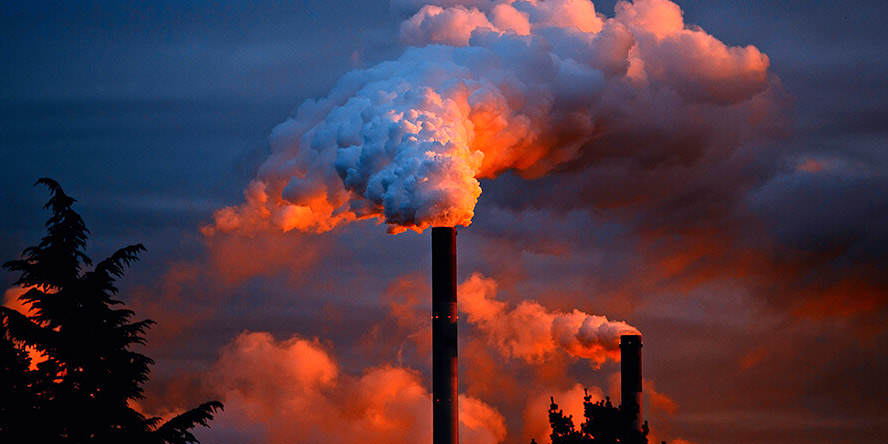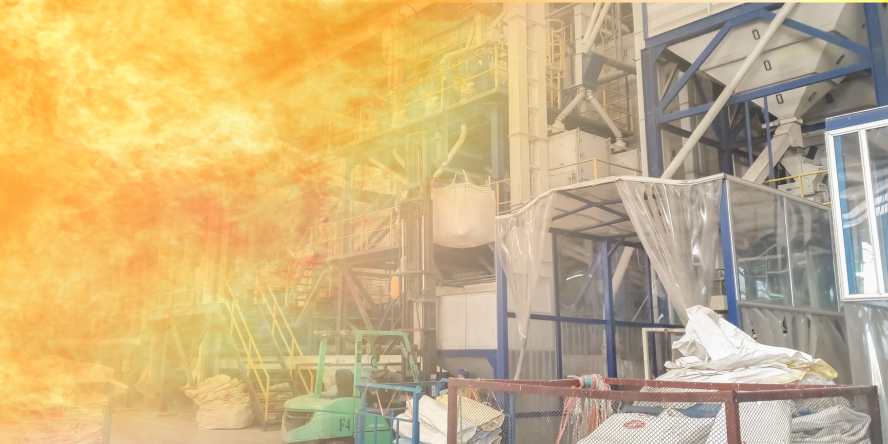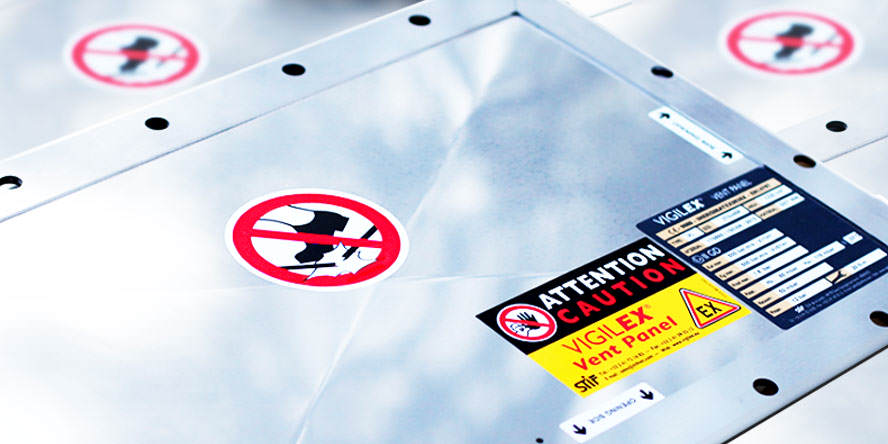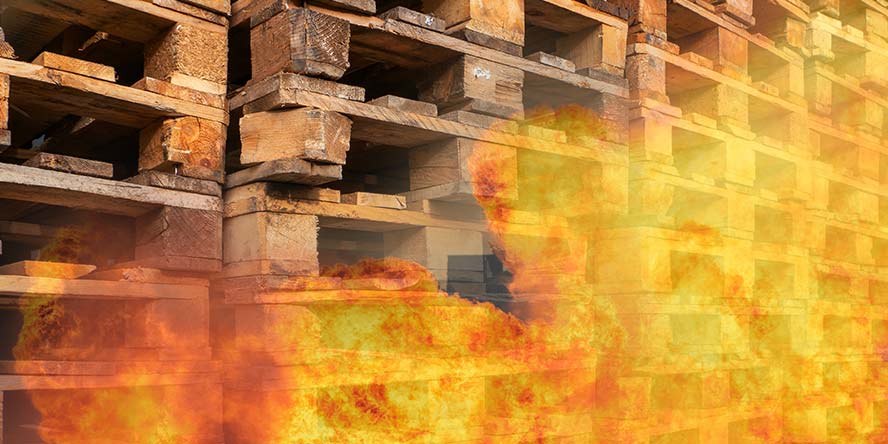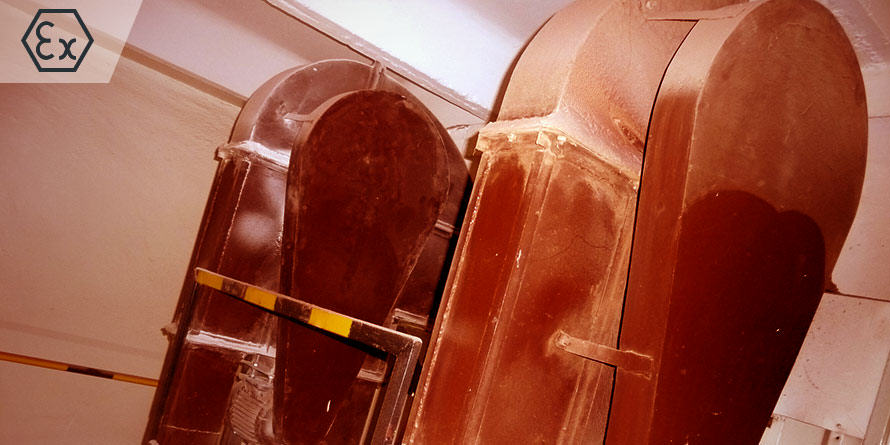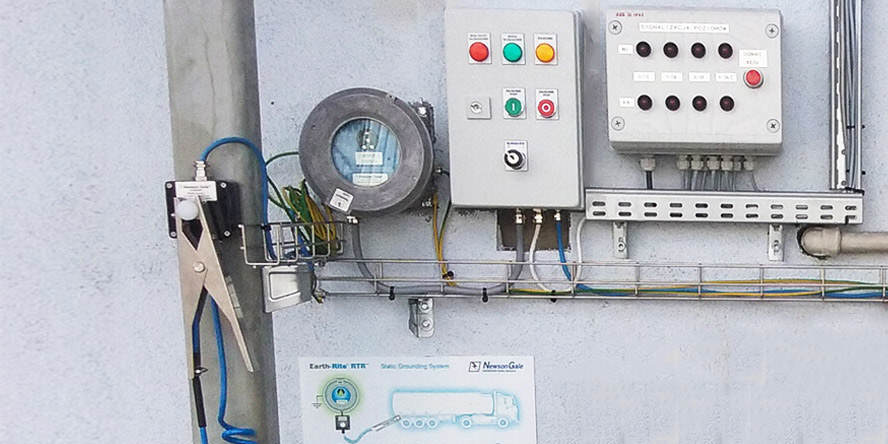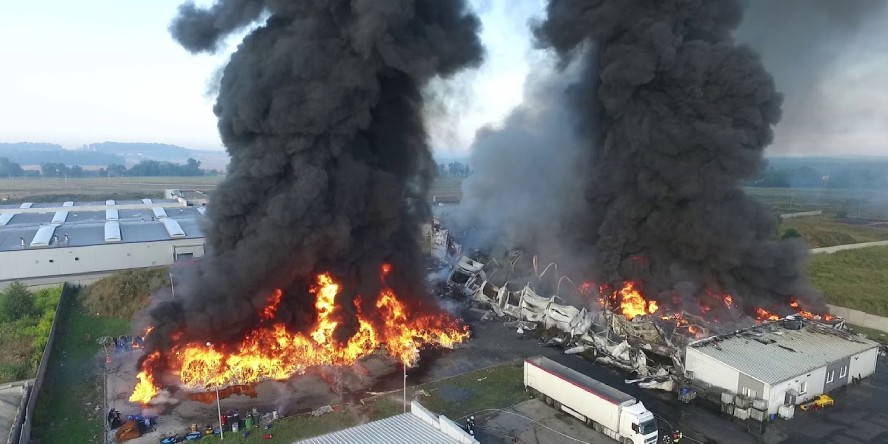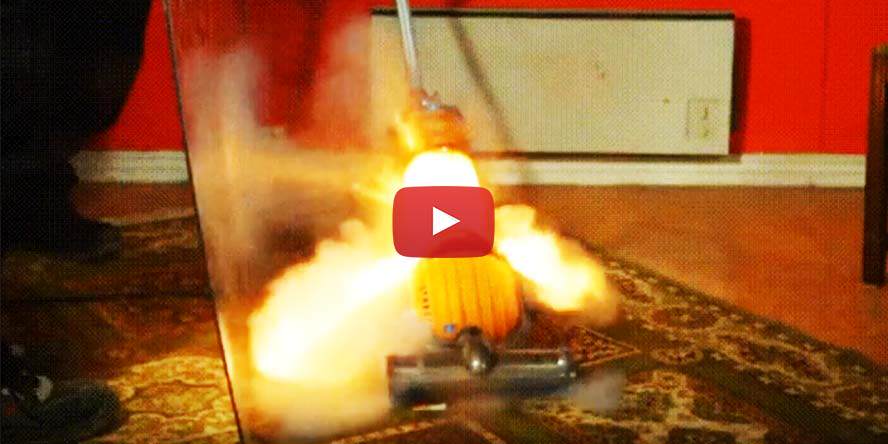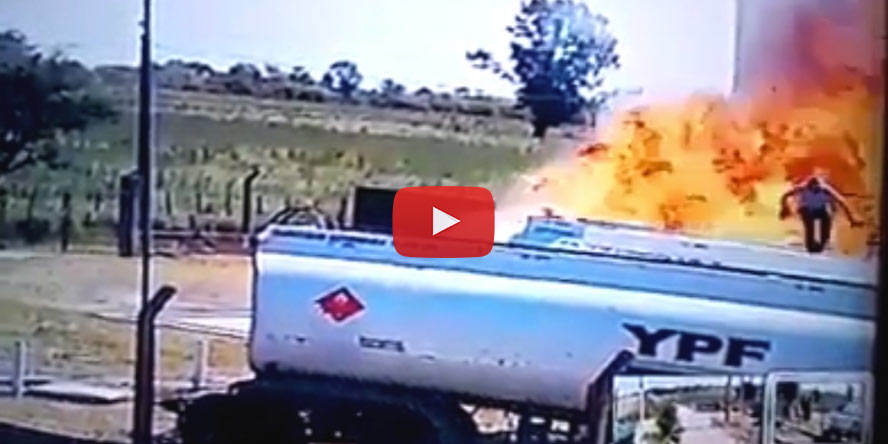Determining Explosion Risk Zones
Explosion Risk Zones in practise
Engineers of GRUPA WOLFF perform works consisting in determining proper explosion risk zones with their scope for both existing and newly constructed plants and facilities. In the case of newly constructed facilities / plants, the engineers asses the plant safety in the design phase, which allows to determine at the right moment technical specifications for electric or non-electric equipment that may be installed in explosion risk zones. This solution allows to select properly the equipment category prior to the purchase process.
The above procedure eliminates the possibility of an erroneous choice of the equipment category and the necessity to replace the equipment later on.
Scope of our activities
The activities performed by GRUPA WOLFF’s engineers include:
-
- Classifying types of explosion risk zones
- Verifying / tempering, if possible, the classification and reducing the scope of the zones with the use of proper procedures and technical measures
- Updating explosion risk zones – determining the type and scope of explosion risk zones upon changes in the plant
The engineers make an inventory of process plants or fragments of process plants in respect of the requirements resulting from Directives ATEX 95 and 137. The works result in a report indicating the correctness of selection of electric and non-electric equipment from the point of view of its operation in the determined Explosion Risk Zones.
Explosion Risk Zones legal basis
Determination of explosion risk zones at work stands belongs to the employer’s basic responsibilities resulting from the Regulation of the Minister of Economy of 8 July, 2010 “on minimum occupational safety and health requirements related to the possibility of occurrence of explosive atmosphere in the work area” (Dz. U. 2010 no. 138 item 931).
According to the above Regulation of the Minister of Economy (Dz. U. 2010 no. 138 item 931, § 5.1.): “the employer shall divide the spaces threatened with explosion into zones and classify them on the basis of probability and time of occurrence of explosive atmosphere as zone 0, zone 1, zone 2, zone 20, zone 21, zone 22“.
The Regulation indicates that the employer should have an Explosion Protection Document to be worked out on the basis of an Explosion Risk Assessment, whereas the latter shall include a division of spaces into explosion risk zones.
The division into explosion risk zones as per Regulation of the Minister of Economy of 8 July, 2010 “”on minimum occupational safety and health requirements related to the possibility of occurrence of explosive atmosphere in the work area”” (Dz. U. 2010 no. 138 item 931, § 5.1.):
- Zone 0 — the space where explosive atmosphere containing a mixture of inflammable substances, in the form of gases, vapours, and mists, with air occurs permanently, frequently for long periods
- Zone 1 — the space where explosive atmosphere containing a mixture of inflammable substances, in the form of gases, vapours, and mists, with air may occur at times in the course of normal operation
- Zone 2 — the space where explosive atmosphere containing a mixture of inflammable substances, in the form of gases, vapours, and mists, with air does not occur in the course of normal operation and in the event of its occurrence, it stays for a short period of time
- Zone 20 — the space where explosive atmosphere in the form of a cloud of inflammable dust in the air occurs permanently, frequently or for long periods of time
- Zone 21 — the space where explosive atmosphere in the form of a cloud of inflammable dust in the air may occur at times in the course of normal operation
- Zone 22 — the space where explosive atmosphere in the form of a cloud of inflammable dust in the air does not occur in the course of normal operation and in the event of its occurrence, it stays for a short period of time













